CGS Group showed the new version of their Qube compensator for the SIG P320 at the 2020 EPIC Shoot held near Savannah, Georgia.
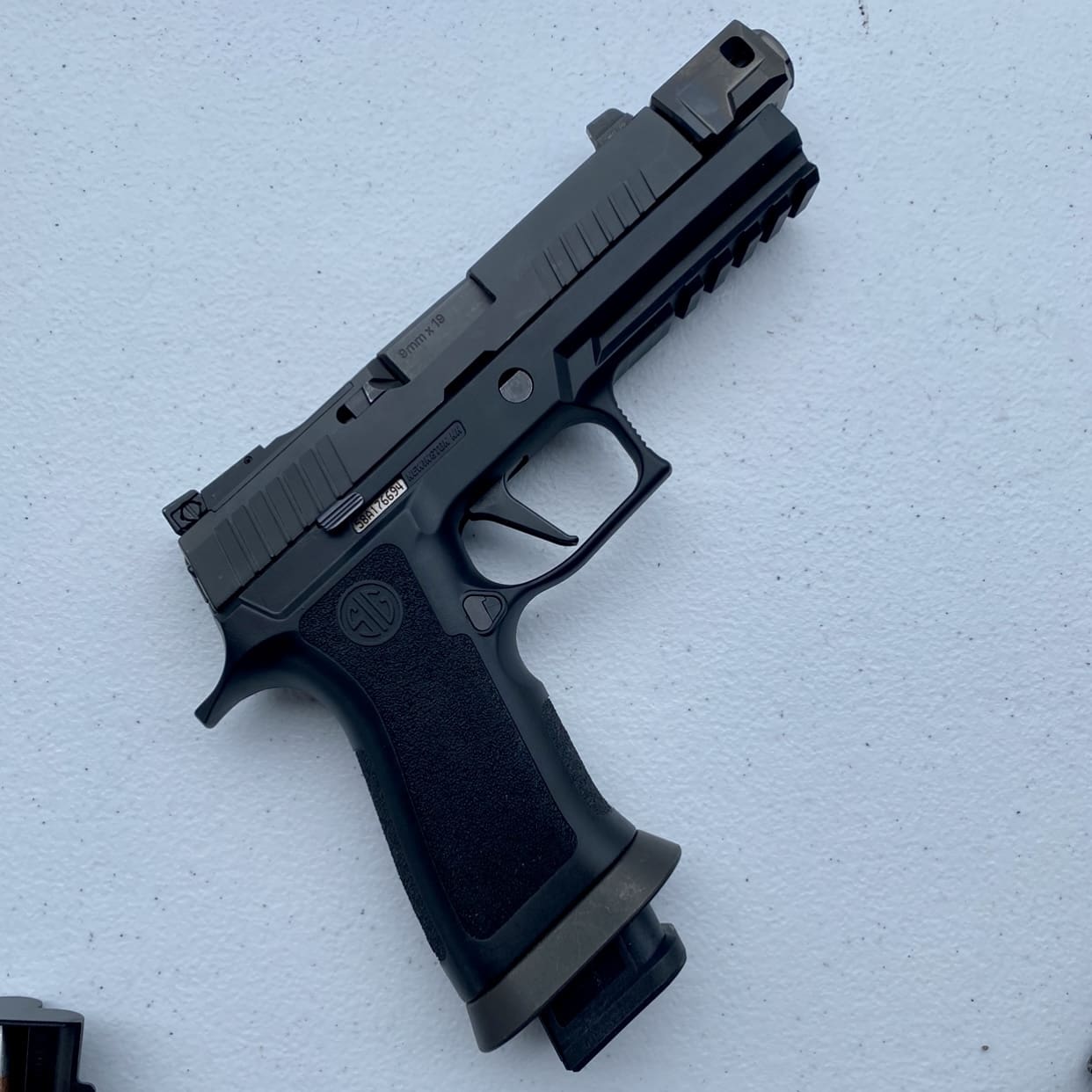
It features a Metric 13 thread and is designed to work with the lines of the SIG slide.
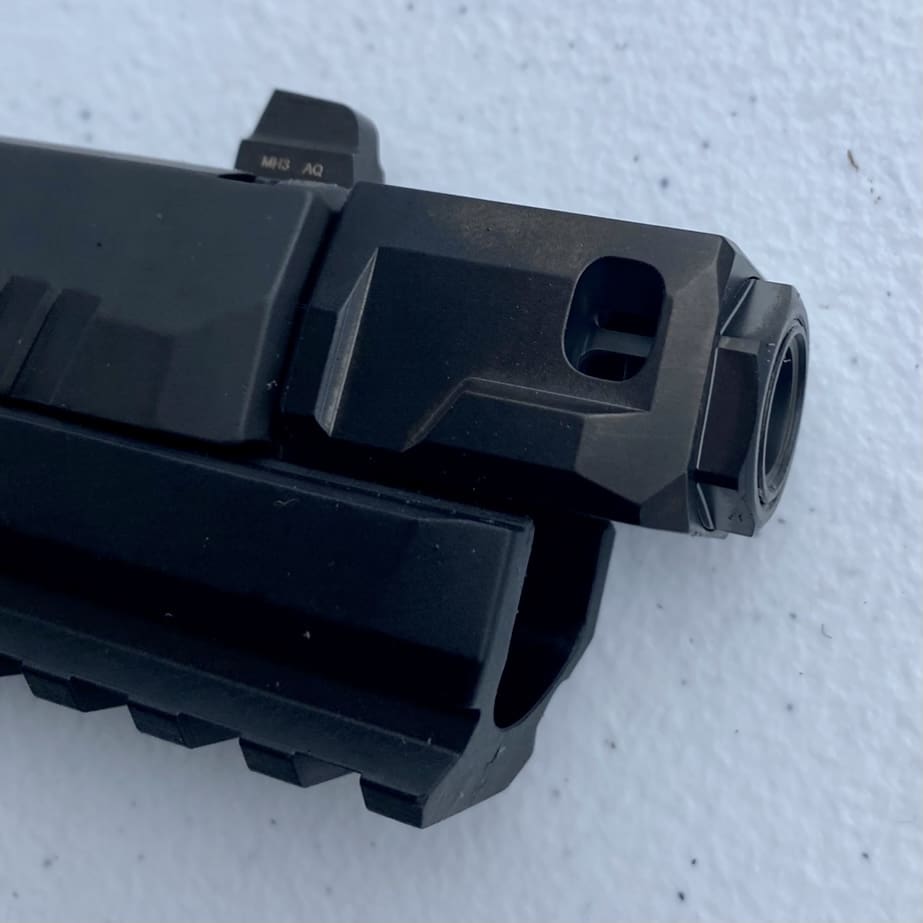
CGS Group showed the new version of their Qube compensator for the SIG P320 at the 2020 EPIC Shoot held near Savannah, Georgia.

It features a Metric 13 thread and is designed to work with the lines of the SIG slide.


Coming early 2021 is the WILD1, a new 500 lumens pistol light from Inforce.
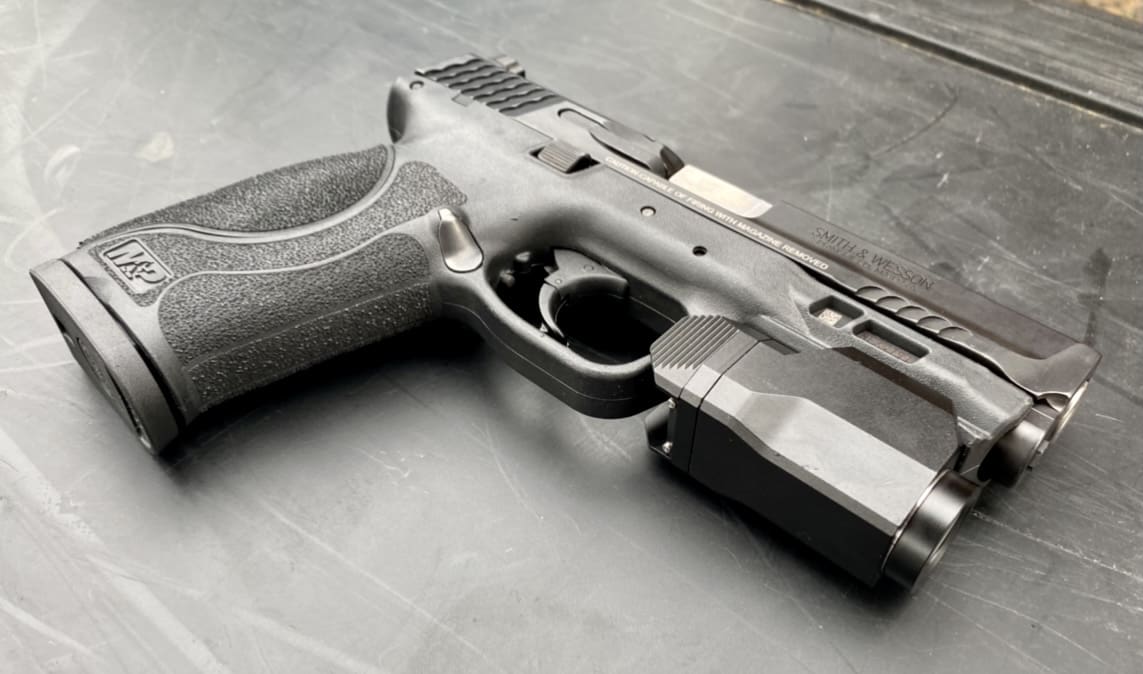
The light is made from 6961 aluminum and will run for 90 minutes on a single CR123A battery.
Diamondback Firearms showed off their new DBX57 at Big Daddy Unlimited’s EPIC Shoot 2020.
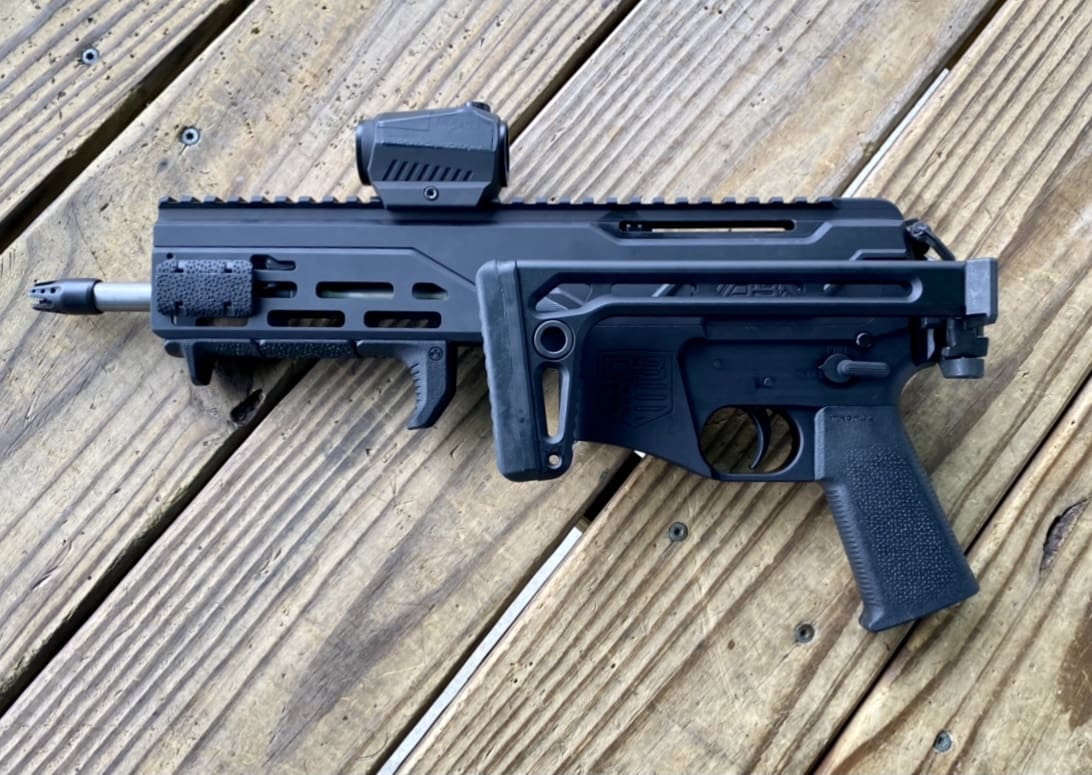
Sold as a 5.7mm pistol, it can be converted to an SBR or you can add a stabilizing brace thanks to the vertical Picatinny rail at the rear of the receiver.
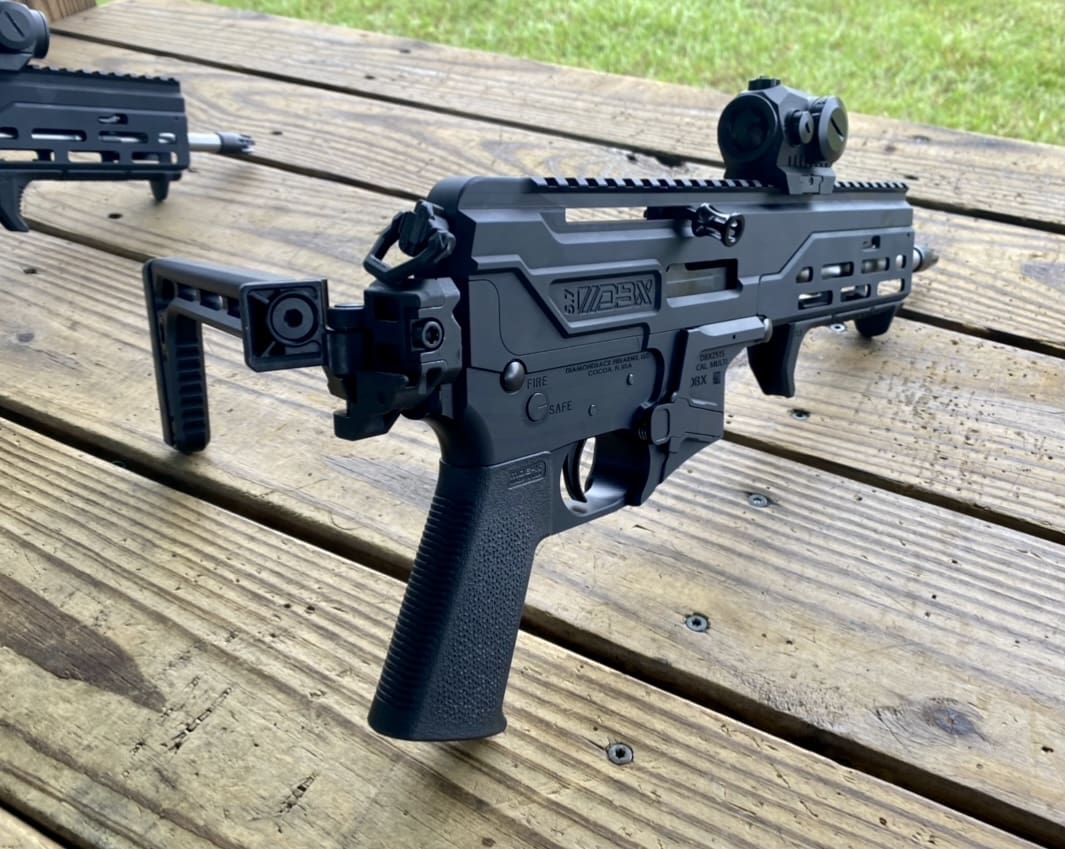
The reciprocating charging handle is reversible. It also incorporates a 4-position dual piston gas system and 8″ barrel.
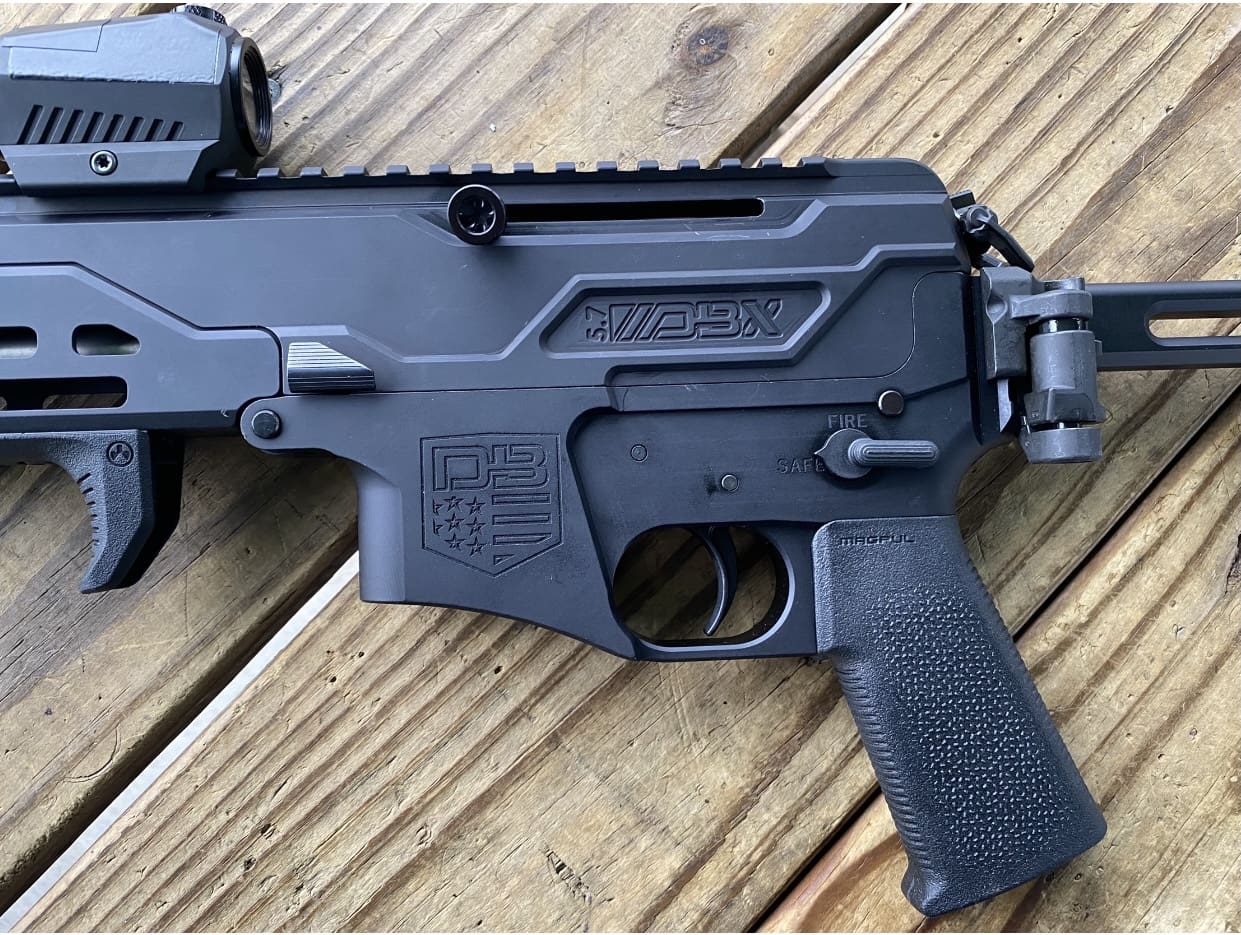
It features AR-style safety and mag release.
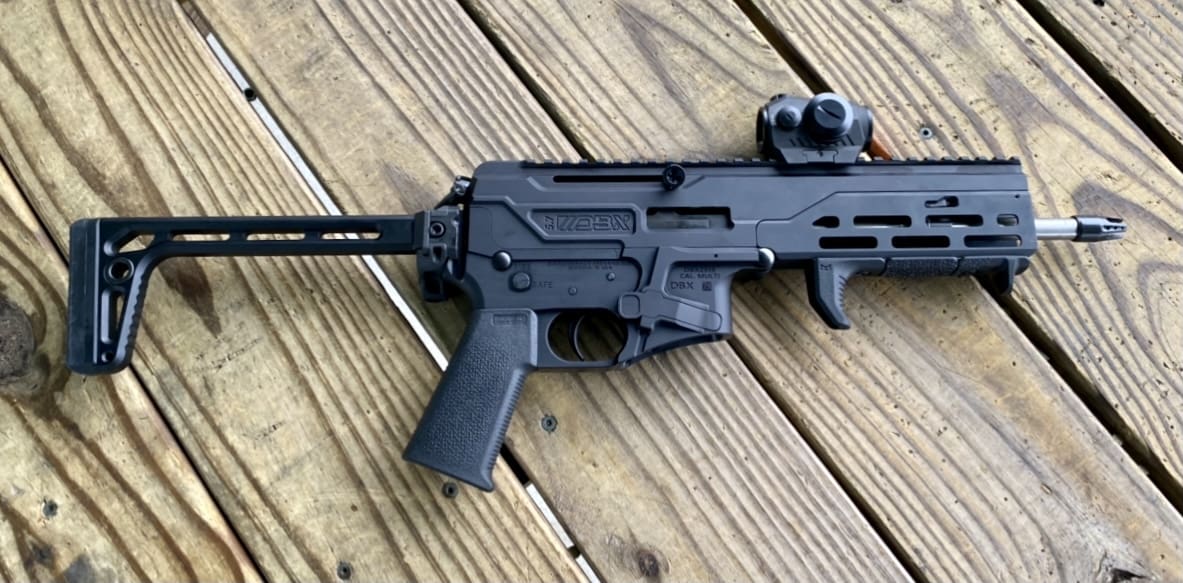
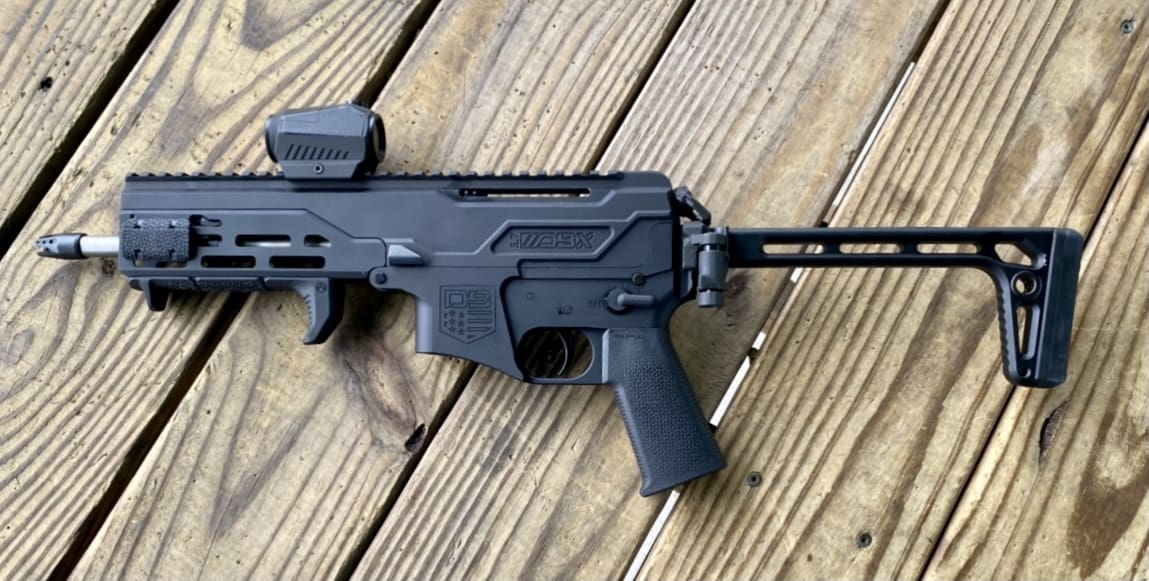
The DBX57 currently accepts the FN Five-Seven magazine but they are working in a model compatible with the Ruger magazine.
Essex Junction, Vermont (November 13, 2020) – In response to the urgent demand for laser protection, Revision Military has ramped up production and successfully delivered thousands of ballistic laser protective lenses to law enforcement around the United States. After an initial rapid delivery to the Department of Homeland Security, Revision received a dramatic increase of inquiries from Federal, State, and Local departments, and Individual Officers seeking protection from this emerging threat. Since July, reported incidents of laser attacks on law enforcement have skyrocketed around the nation leading to a variety of eye effects and injuries, including reports of partial blindness. While handheld lasers aren’t new, their widespread use with intent to harm is increasing, just as is the demand for laser protective eyewear to prevent these eye effects and injuries.
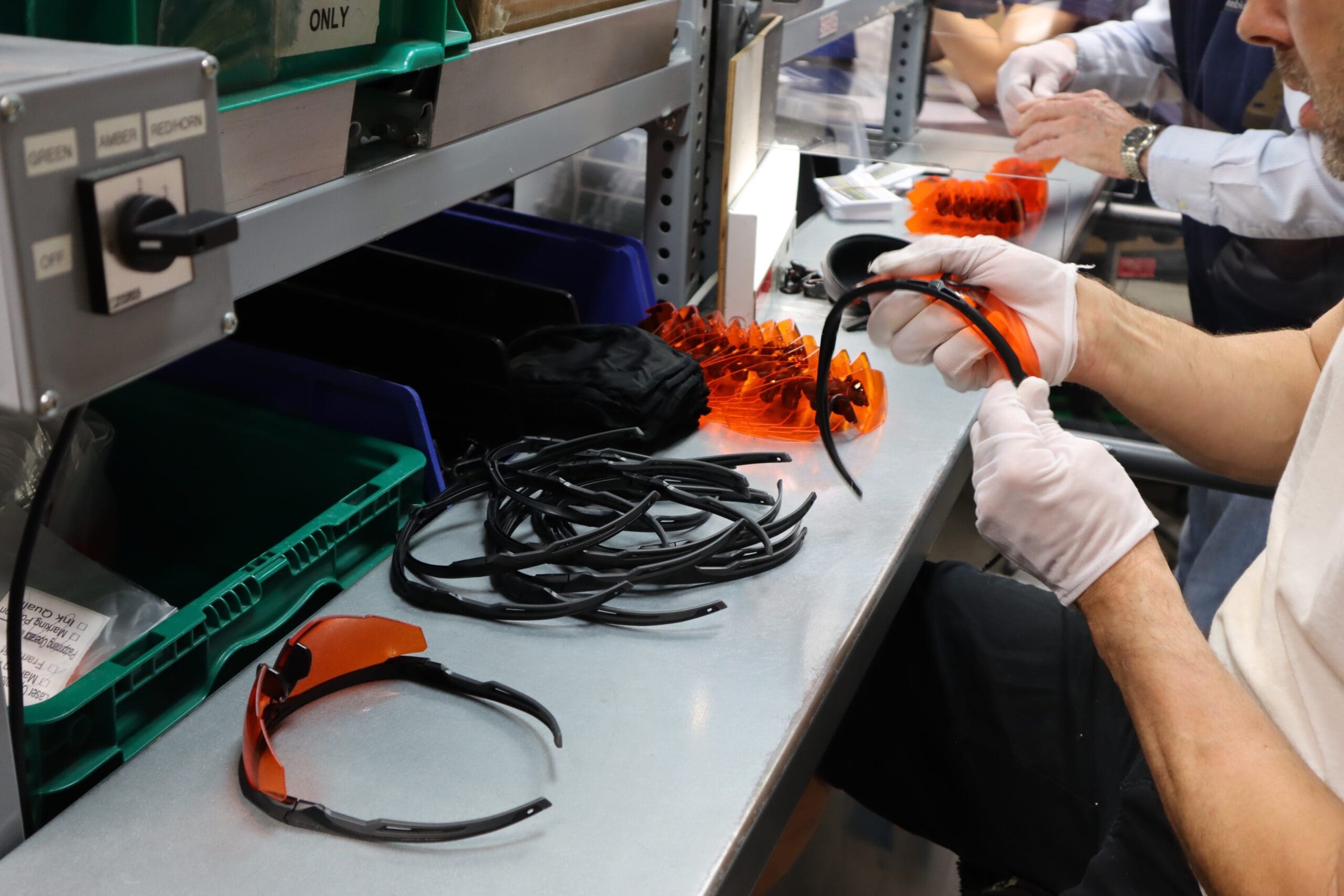
Above: Revision LazrBloc™ FT-2 kits being assembled on November 10 at Revision’s facility in Essex Junction, Vermont. Lenses are molded, coated and fully assembled at this facility.
Revision has been at the forefront of laser and ballistic protective eyewear solutions for the past decade. Standard laser protective lenses are widely available, but much rarer are lenses that combine tailored laser protection as well as military-standard ballistic protection coupled with world-class anti-fog performance, integrated prescription correction and multiple sizes for optimal fit and comfort. Revision’s LazrBloc™ eyewear provides this comprehensive solution – battle-proven by military forces around the globe and now widely being delivered to Law Enforcement around the nation.
One Federal Agent shared the following quote after receiving Revision LazrBloc eyewear: “After several fellow Federal LE Agents were blinded a few weeks ago at a demonstration, we knew we needed something to protect us. We looked at Revision and trusted the information received. Upon receipt, we were sent to a massive demonstration and had our new Revision Laser eyewear. I had lasers panning in my face for hours, and no one on the front lines with me were injured. I’ll never go without them.”
“It’s been incredible to watch our team rise to the occasion to respond to the urgent demand from the Law Enforcement community”, said Revision CEO, Amy Coyne. “We have an incredibly talented and dedicated team, and there was no hesitation throughout the organization to dig deep and deliver eyewear to help prevent injury and blindness to our men and women in uniform. Its times like these that we benefit from a vertically integrated operation, were we design, develop, test and manufacture protective eyewear at scale in our own facility.”

Above: Ballistic laser protective eyewear being tested against a laser hazard in the Revision Military Advanced Laser Research Lab.
Recently Revision celebrated the one year anniversary of new ownership with ASGARD Partners & Co and Merit Capital. In the last year, Revision welcomed new CEO Amy Coyne, successfully completed the carve out from former parent company, stayed open and operational throughout the COVID-19 pandemic, and celebrated record 3rd Quarter performance. Now 100% owned and operated in the USA, the Revision team is centrally located in Essex Junction, Vermont. The focus on eyewear is already leading to growth in new markets, development of new products and technology, and the team is more united, impassioned and dedicated than ever.
To learn more about Revision’s LazrBloc product offering, visit www.revisionmilitary.com. Revision is offering a 45% discount on select laser kits for Law Enforcement – visit this link and use promo code BLUELINE45 until December 31, 2020.
Coming soon from Global Ordnance is the Arex RX Delta 2L OR. It’s a 9mm striker fired, optics ready pistol imported from Slovenia.
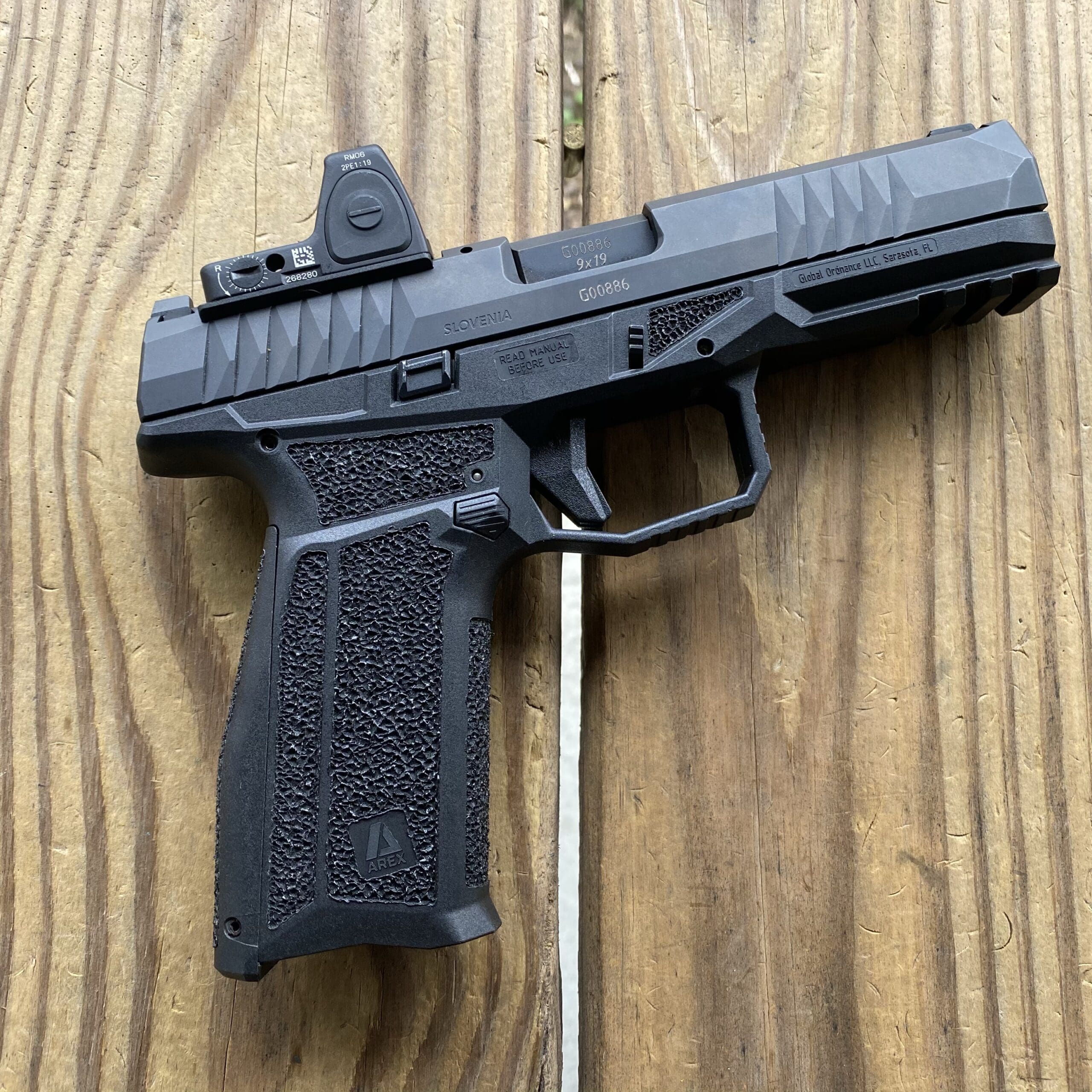
It ships with back straps and mounting plates for the red dot. It’s also fully ambidextrous and breaks down without a pull of the trigger.
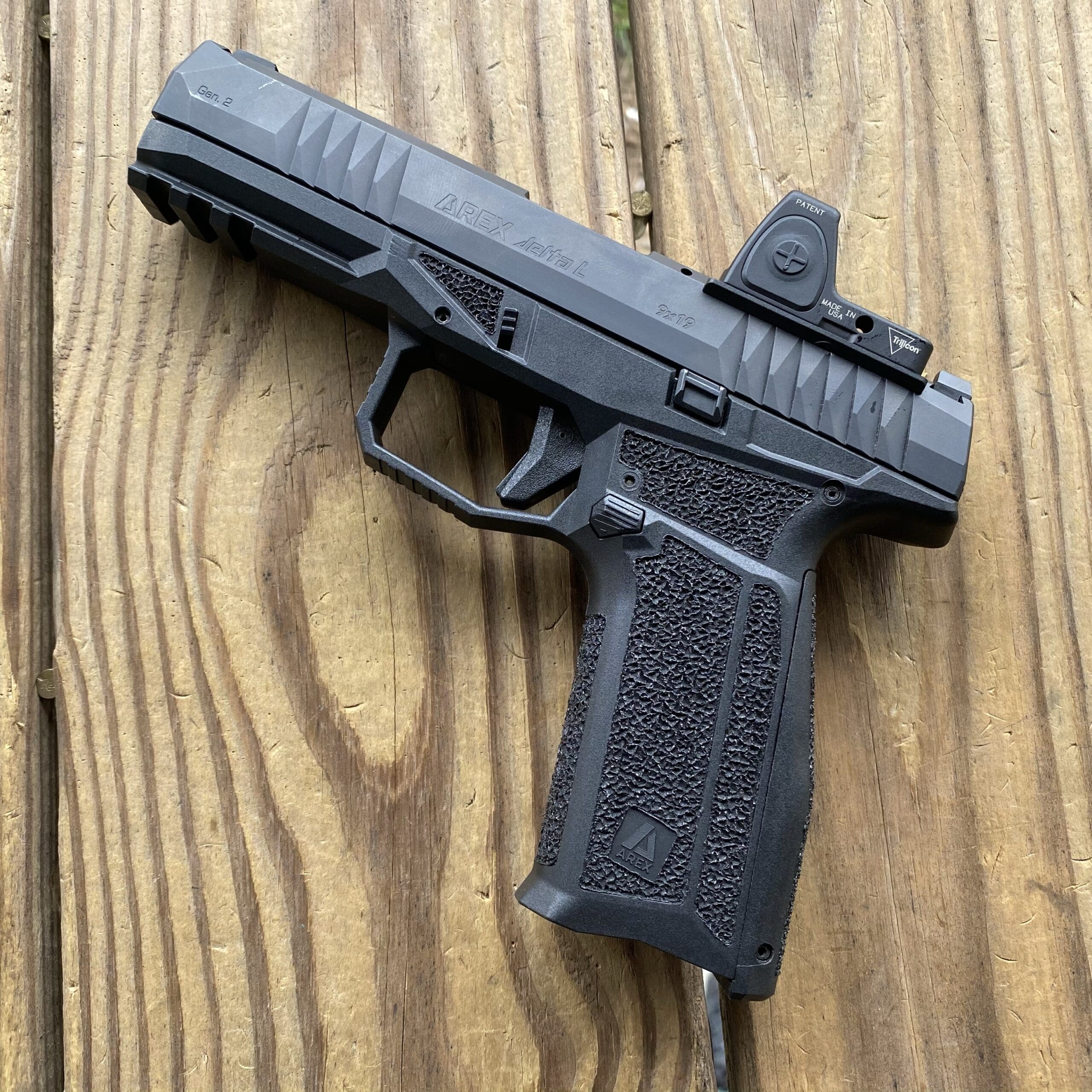
The final version will have a molded grip rather than the hand stippled job seen here.
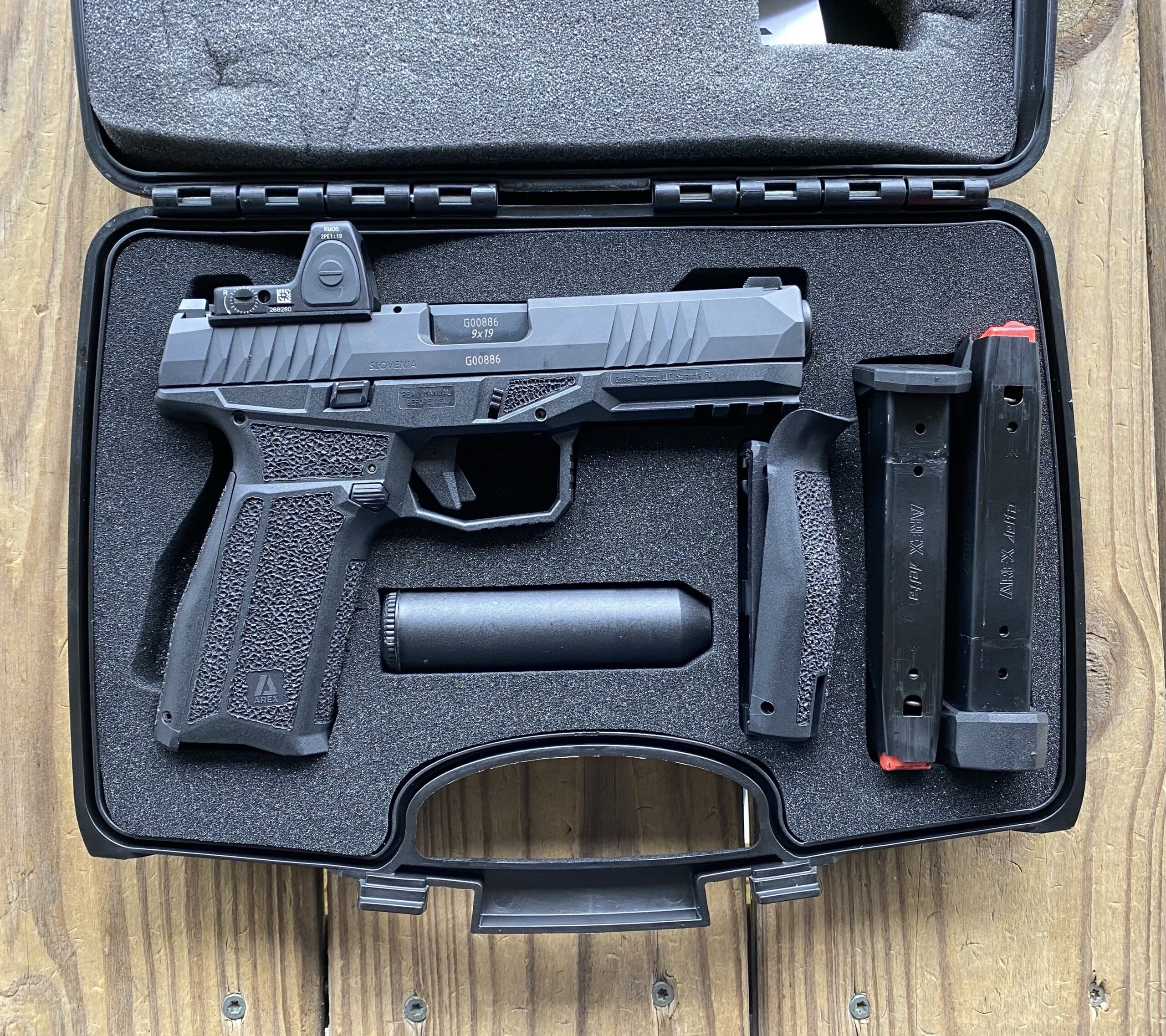
That tube in the full pistol as shipped is a cleaning kit.
Before I share the USAF story, I want to ask the obvious question, “Why didn’t this happen decades ago?”
For Air Force members, The Tongue and Quill is one of the most painful document ever devised by man and I believe was created simply so that those without any talent other than enforcing rules would have something to do.

Templates for commonly used documents should have already been created by those same shoe clerks who get upset if you didn’t put the signature block on a memorandum, in the exact spot, meticulously checking all of the measurements with their ever present ruler.
The Tongue and Quill was the bane of my existence at Officer Training School. In some ways the pain continued throughout my career in the Air Force as someone would tell you to check The Tongue and Quill for some odd format, only to find out that it was wrong.
Most of us made our own templates and then just rewrote over the last one and saved a new file, but having something Air Force-wide should have happened long ago.
Finally, based on the way this USAF story is written, I’ll lament that this seems to be the biggest innovation our Airmen could come up with to help us counter near-peer threats. Boy, are we in for a wakeup call.
ARLINGTON, Va. (AFNS) —
As teleworking and social distancing became a part of daily life, the Department of the Air Force was hard at work. Not only were Airmen delivering on daily mission requirements, they were also working hard to improve the department from within.
The 2020 Vice Chief’s Challenge launched in February with a focus on working faster and smarter, and finding innovative ways to give Airmen back their time.
“Competing in an environment dominated by near-peer threats requires that we unleash our Airmen to think differently and to put their tremendous talents to use,” said Air Force Vice Chief of Staff Gen. Stephen W. Wilson at the launch of the challenge. “Doing so will transform our Air Force to meet the rigorous demands of the next generation of warfare.”
Airmen were encouraged to participate in the challenge by submitting ideas via the Airmen Powered by Innovation platform to solve problems related to automation or elimination of menial tasks.
One idea stood out as simple and straight-forward, and required only a head nod from Wilson to get started. The idea was to create official templates for common Air Force documents such as memorandums, Air Force biographies, talking papers and more.
“We asked for our Airmen’s help in identifying and eliminating drains on their time that do not directly contribute to warfighting readiness — and our Airmen delivered,” Wilson said. “The support for this idea was overwhelming. And for such a simple idea, it was clear that we could start work immediately.”
The Department of the Air Force uses Air Force Handbook 33-337, The Tongue & Quill, to describe how official documents should be formatted and written. The handbook, which is a static file, was last updated in 2015, and includes images of what a properly formatted document should look like.
The average Airman typically makes a new document by opening the Tongue & Quill, reading the formatting instructions, opening their word processing software, and begins formatting a document before beginning the first sentence.
An Airman having to format a blank document is exactly the kind of “menial task” Wilson was referring to when he launched the Vice Chief’s Challenge.
Now, thanks to this idea submission, nine official templates are available for download on the service’s e-publishing website. This website is available online and doesn’t require a Common Access Card or other special login to gain access.
“Giving Airmen back the time they need to drive innovation and build our future is a warfighting imperative,” Wilson said. “No one knows better what processes or tasks weigh on our Airmen, than Airmen themselves. We’re excited to see what other innovative ideas come next.”
The next step is to push the templates to the Air Force standard desktop, which would make the templates available to Airmen when they open a new Word document on an Air Force computer. This system update is expected to be accomplished before the end of November.
By Secretary of the Air Force Public Affairs
Rheinmetall has unveiled the first of three Lynx KF41 Infantry Fighting Vehicles designed, developed and manufactured for the Commonwealth of Australia’s $AUD18.1 billion (11.1 MrdEUR) Land 400 Phase 3 program.
Lynx is a next generation tracked, digitised and highly protected Infantry Fighting Vehicle (IFV) built to meet the stringent military requirements of Land 400 Phase 3. The Australian Army needs a new IFV for close combat to close in and defeat an enemy in the most dangerous and lethal environments for Australian soldiers.
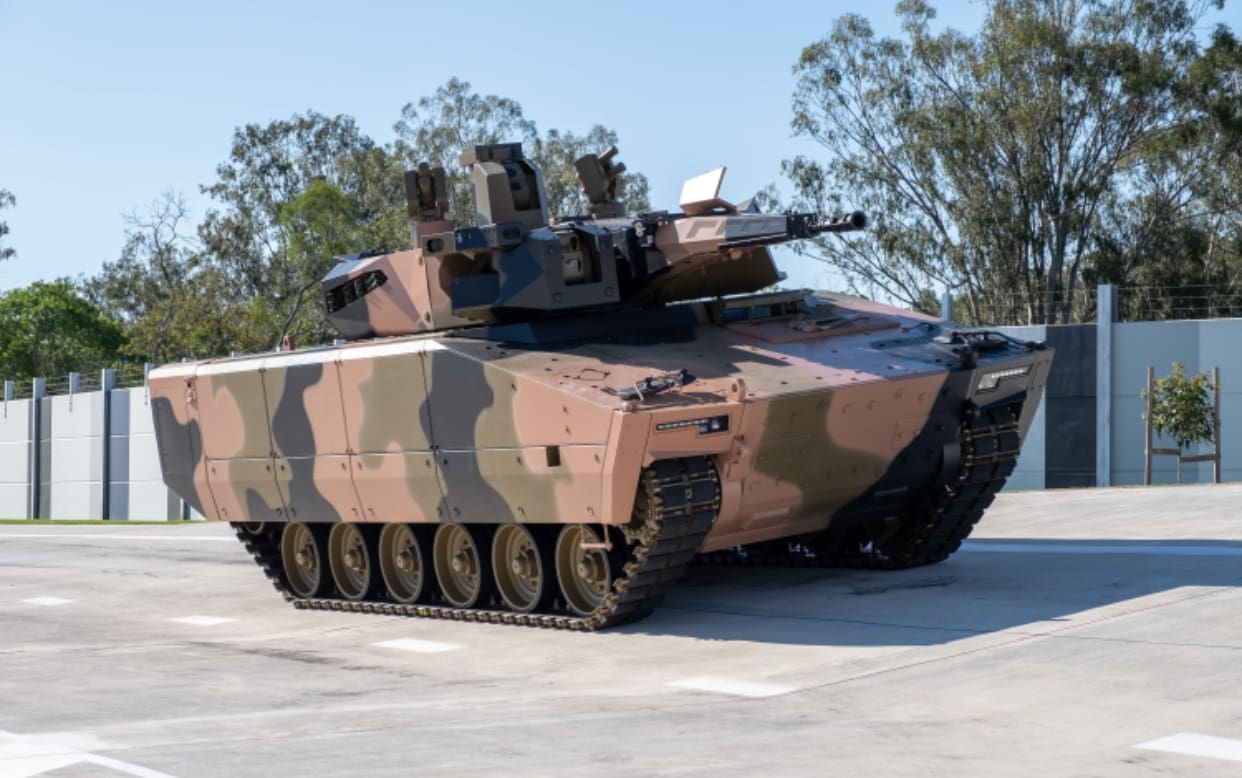
Rheinmetall is delivering each of the Lynx vehicles to compete in the test and evaluation trials as part of the Risk Mitigation Activity (RMA) to be conducted around Australia over a 12 month timeframe from November 2020. If successful, the Lynx fleet will be manufactured in Queensland at Rheinmetall’s new Military Vehicle Centre of Excellence (MILVEHCOE) at Redbank south-west of Brisbane.
The RMA trials will incorporate a range of tests including lethality, mobility and protection. The vehicle unveiled will be the focus of blast testing at a dedicated Commonwealth facility in coming months.
Lynx was unveiled at a closed ceremony with selected Australian industry partners at the MILVEHCOE. Each of the Lynx vehicles delivered into the RMA trials will incorporate a significant level of Australian industry content and local partners to the Rheinmetall offer for Land 400 Phase 3 will be announced in coming weeks.
“Rheinmetall looks forward to demonstrating the capability of this next generation infantry fighting vehicle,” said Rheinmetall Defence Australia Managing Director Gary Stewart. “We believe Lynx is the best vehicle in its class and sets a new standard in protection and the lethality needed to survive and defeat any adversary.
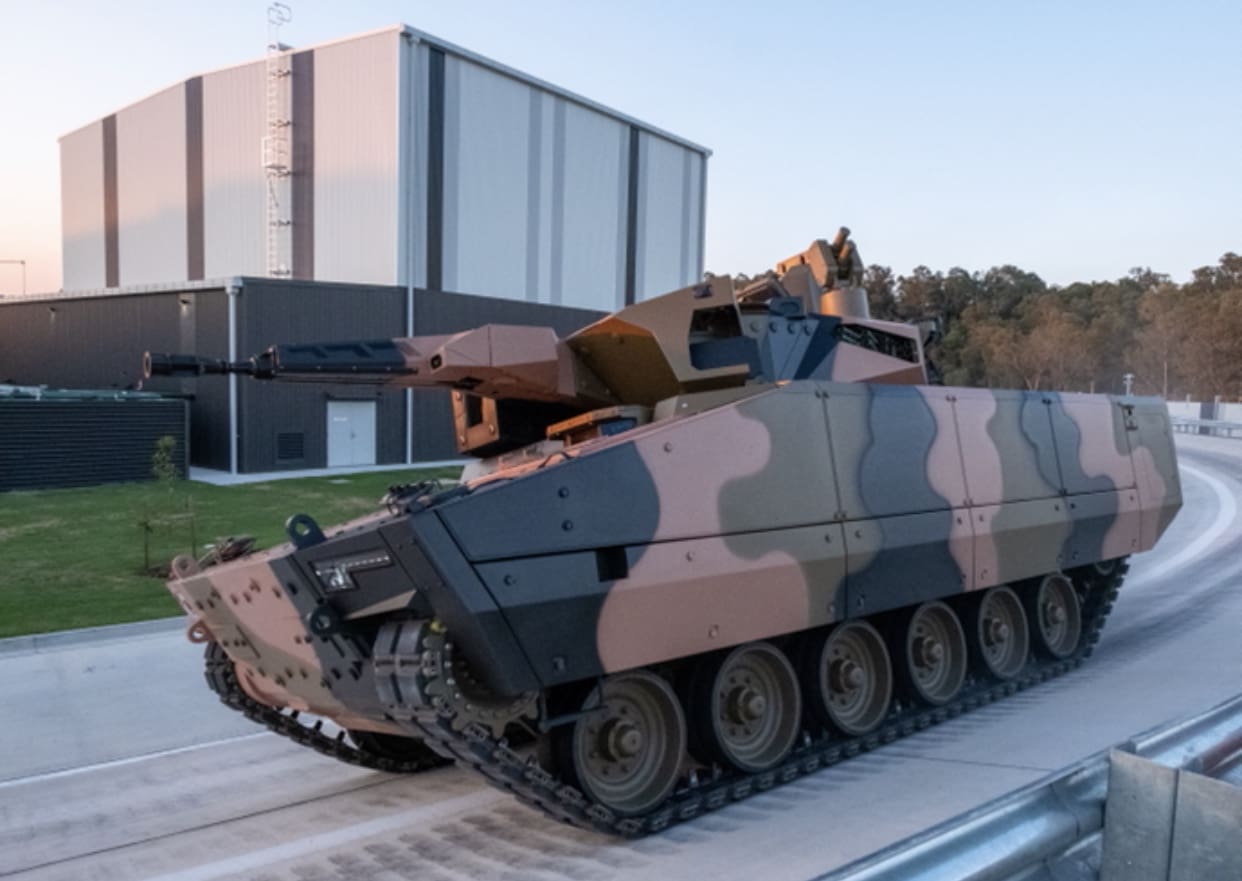
“Lynx has been developed so it is positioned at an ideal level of maturity when Australia needs it to enter service – and it will have a growth path to extend these capabilities through its 40-year life.”
Lynx has been selected by the Hungarian Armed Forces for the delivery of more than 200 vehicles in the first launch order for the vehicle globally. Rheinmetall Defence Australia will export turrets to the value of $150 million manufactured by Australians – and will soon announce further export orders into the Hungarian program including orders for Australian SMEs.
Rheinmetall is delivering 211 8×8 Boxer Combat Reconnaissance Vehicles (CRV) to the Australian Army after the vehicle was selected by the Commonwealth after 12 months of RMA trials by Australian Defence Force (ADF) personnel in 2016-2017.
The company is establishing a local industrial capability in Australia for the design, development and manufacture of military vehicles that creates high technology enduring jobs for hundreds of Australians by localising design and manufacturing expertise in electro-optics, weapon systems, fire control and sensor systems, turret manufacturing, variant design and manufacture, integration, armour systems, simulation, training and fleet sustainment.
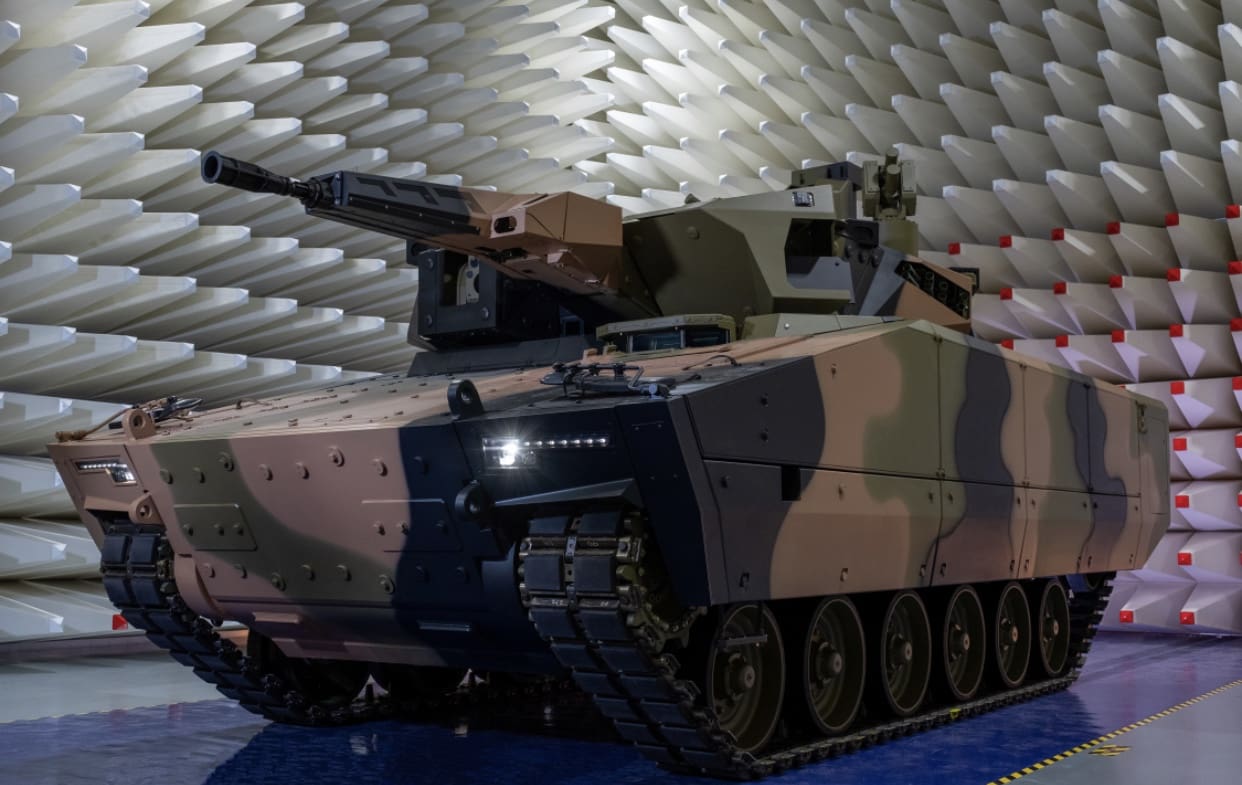
“Design, development and manufacture of the Lynx in Australia for the ADF will build on the advanced manufacturing jobs at our new MILVEHCOE, as well as a strong industrial network of SMEs across Australia,” Mr Stewart said.
Both the Boxer and Lynx are modular. That means the vehicle can be split in two, with a mission module sitting on a common drive module. This allows for swap out of mission modules for operational needs, reducing through-life cost for the introduction of new technology, and ongoing fleet management.
“Rheinmetall has taken all of the significant benefits of the Boxer and ensured they are part of the Lynx KF41 package,” Mr Stewart said.
“Our partnership with Army and the Commonwealth to deliver the Boxer for Land 400 Phase 2 presents the opportunity to deliver develop a complete armoured vehicle fighting force for the ADF.”